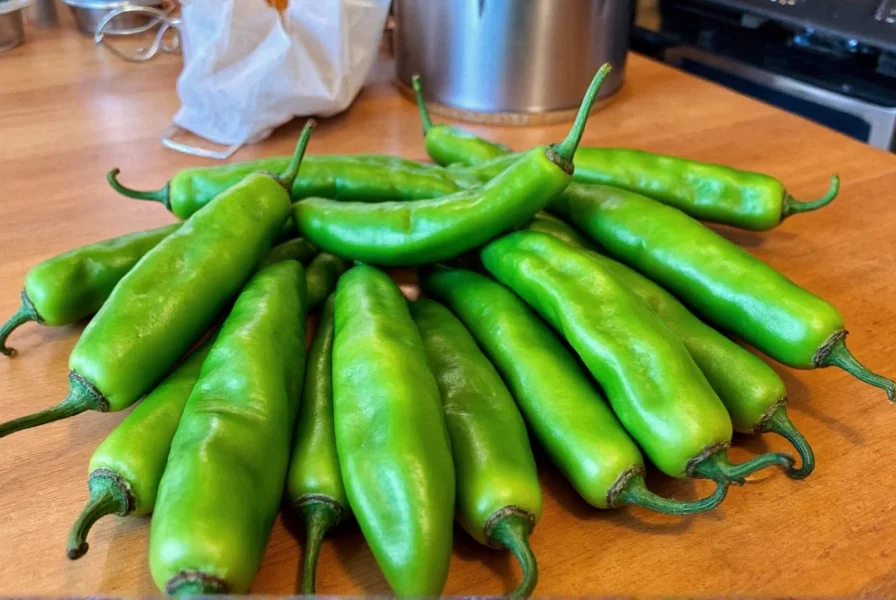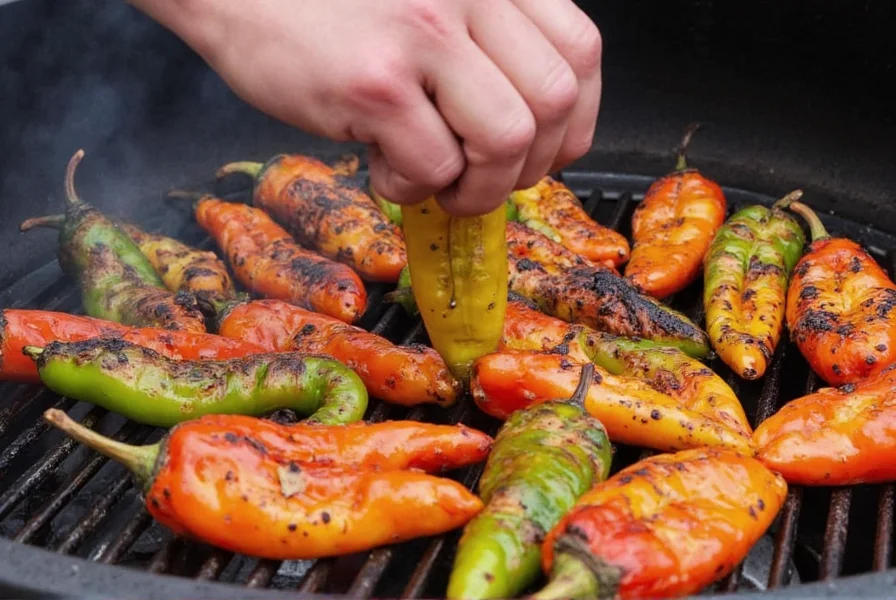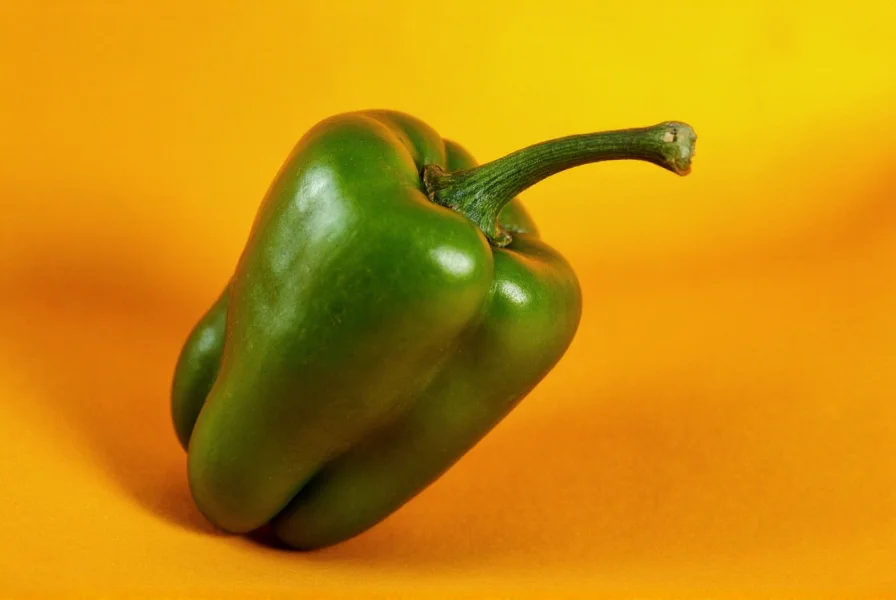Hatch chile peppers represent a culinary treasure of New Mexico, celebrated for their complex flavor that varies based on the specific growing conditions of each season. These medium-heat peppers (typically 5,000-10,000 Scoville heat units) offer a unique taste profile that distinguishes them from other green chile varieties. The authentic Hatch chile experience comes from peppers grown in the Hatch Valley region of New Mexico, where the combination of high desert climate, mineral-rich soil, and irrigation from the Rio Grande creates ideal growing conditions.
Understanding the Hatch Chile Heritage
The story of Hatch chile peppers begins with Dr. Fabián García, a horticulturist at New Mexico State University who developed the first standardized New Mexico chile variety in 1913. Though commonly called "Hatch" chiles, these peppers are actually grown throughout southern New Mexico's chile-growing region, with the town of Hatch serving as the central hub for processing and distribution. The term "Hatch" has become synonymous with quality New Mexico green chiles, though only peppers grown in the designated region can legitimately carry the "Hatch" name.

Characteristics and Varieties
Hatch chiles come in several varieties that determine their heat level and flavor profile:
| Variety | Heat Level (Scoville) | Flavor Profile | Best Uses |
|---|---|---|---|
| Hatch Mild | 1,000-3,000 | Sweet, grassy, vegetal | Salads, sandwiches, mild sauces |
| Hatch Medium | 4,000-6,000 | Balanced heat, earthy | Enchiladas, stews, casseroles |
| Hatch Hot | 7,000-10,000 | Sharp heat, smoky notes | Salsas, hot sauces, spicy dishes |
Unlike jalapeños or serranos, Hatch chiles offer a more complex flavor with earthy, slightly sweet notes and varying heat levels depending on the specific variety. The heat can also vary within the same variety based on growing conditions—drier seasons typically produce hotter peppers.
Hatch Chile Season and Authenticity
The authentic Hatch chile season runs from late July through September, when fresh peppers become available. During this period, local farmers' markets and roadside stands throughout New Mexico feature freshly harvested peppers. Outside of harvest season, frozen and canned options maintain the Hatch chile experience year-round.
Be cautious of "Hatch-style" or "Hatch-brand" peppers sold outside the region—many grocery stores market generic green chiles as Hatch chiles. True Hatch chile peppers carry the Hatch Chile certification seal, indicating they were grown in the designated New Mexico region. The annual harvest timing creates a seasonal excitement known as "Hatch chile season," when enthusiasts stock up on fresh peppers for roasting and preservation.

Mastering the Art of Roasting Hatch Chiles
Roasting transforms Hatch chiles, developing their signature smoky flavor and making the skins easier to remove. Proper roasting technique significantly impacts the final flavor:
- Use a propane roaster or place directly on a gas stove burner
- Roast until skins blister and blacken (about 8-10 minutes)
- Place in a paper bag or covered bowl to steam for 10 minutes
- Peel off charred skin while retaining as much flesh as possible
- Remove seeds for milder flavor or retain for extra heat
When learning how to roast hatch chiles properly, remember that over-roasting creates bitterness while under-roasting leaves unpleasant texture. The ideal result features mostly blackened skin with some green peeking through, yielding tender flesh with concentrated flavor. Many Southwestern households have perfected their roasting technique over generations, contributing to the cultural significance of hatch chile pepper season.
Culinary Applications and Substitutions
Hatch chiles shine in traditional New Mexican dishes like green chile stew, enchiladas, and cheeseburgers. Their versatility extends to modern cuisine where chefs incorporate them into everything from macaroni and cheese to craft cocktails. When fresh Hatch chiles aren't available during off-season, suitable substitutions include:
- Poblano peppers (milder, similar earthy flavor)
- Anaheim peppers (closest substitute for mild Hatch)
- Serrano peppers mixed with bell peppers (for hotter varieties)
Understanding the difference between hatch green chile vs regular green chile is crucial for authentic preparation. While other green chiles might look similar, they lack the distinctive terroir-driven flavor profile that makes Hatch chiles special. For the most authentic experience, seek out peppers with the official Hatch certification, especially when attempting traditional hatch chile pepper recipes.
Storage and Preservation Techniques
Proper storage extends the enjoyment of Hatch chiles beyond their short harvest season:
- Refrigeration: Store fresh, unroasted peppers in a paper bag in the crisper drawer for up to 3 weeks
- Freezing: Roast, peel, and freeze in airtight containers for up to 1 year (best method for preserving flavor)
- Canning: Properly canned roasted Hatch chiles maintain quality for 1-2 years
- Drying: Create ristras (dried pepper strings) for decoration and future use in sauces
When preparing for long-term storage, many enthusiasts process large batches during peak hatch chile pepper season to enjoy throughout the year. The freezing process particularly preserves the fresh flavor better than canning, making it the preferred method for serious Hatch chile enthusiasts.
Common Misconceptions About Hatch Chiles
Several myths surround these celebrated peppers. First, not all green chiles from New Mexico are Hatch chiles—only those grown in the specific Hatch Valley region qualify. Second, the heat level varies significantly by variety and growing conditions, contrary to the belief that all Hatch chiles are extremely hot. Finally, the protected designation means that peppers grown outside New Mexico cannot legitimately be called Hatch chiles, though many retailers use the term generically.
What makes Hatch chile peppers different from other green chiles?
Hatch chile peppers are grown exclusively in the Hatch Valley region of New Mexico, where the unique combination of high desert climate, mineral-rich soil, and Rio Grande irrigation creates their distinctive flavor profile. Unlike generic green chiles, authentic Hatch varieties offer a complex taste with earthy, slightly sweet notes and grassy undertones that vary based on specific growing conditions each season.
When is Hatch chile pepper season and why does it matter?
Hatch chile pepper season runs from late July through September, when fresh peppers are harvested. This seasonal availability matters because fresh Hatch chiles offer superior flavor compared to frozen or canned alternatives. The annual harvest creates a cultural event throughout New Mexico, with local markets featuring freshly picked peppers at their peak flavor and texture.
How hot are Hatch chile peppers on the Scoville scale?
Hatch chile peppers range from mild (1,000-3,000 Scoville units) to hot (7,000-10,000 Scoville units) depending on the specific variety. The medium variety typically falls between 4,000-6,000 units. For reference, this makes mild Hatch chiles comparable to poblanos, medium similar to jalapeños, and hot varieties approaching serrano heat levels, though with a more complex flavor profile.
How do I know if I'm buying authentic Hatch chile peppers?
Authentic Hatch chile peppers carry the official 'Hatch Chile' certification seal from the Hatch Chile Association. During peak season (July-September), fresh peppers labeled as Hatch should originate from New Mexico. Be wary of 'Hatch-style' or 'Hatch-brand' labels outside this region and season, as many retailers market generic green chiles as Hatch varieties. The genuine product will typically specify 'New Mexico Hatch' and may include harvest date information.
What's the best way to store fresh Hatch chiles for long-term use?
The best method for long-term storage is roasting, peeling, and freezing Hatch chiles in airtight containers. This preserves their flavor better than canning and maintains texture for up to one year. Refrigeration works for short-term storage (2-3 weeks), while proper canning can preserve quality for 1-2 years. Many enthusiasts process large batches during peak season to enjoy authentic flavor throughout the year.











 浙公网安备
33010002000092号
浙公网安备
33010002000092号 浙B2-20120091-4
浙B2-20120091-4